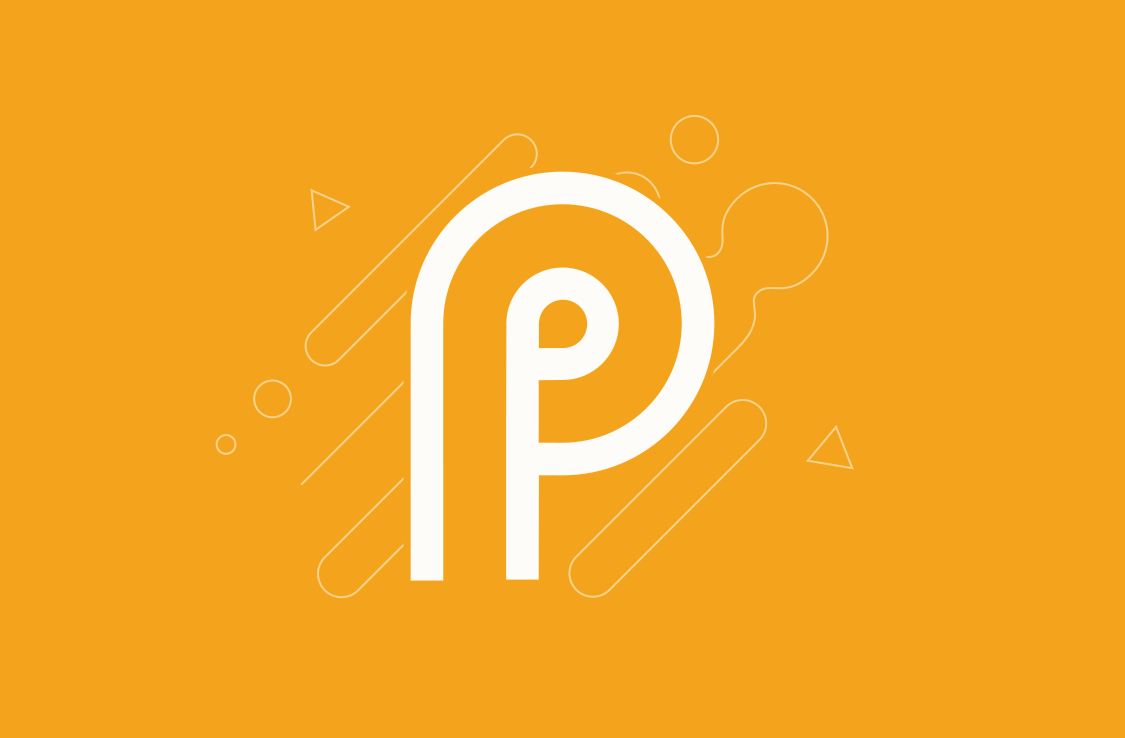What’s new in Android P?
The Official Android platform provides new Versions of OS.
Google's forthcoming Android P operating system looks to entice developers with enhancements for Kotlin coding, machine learning, and application compatibility. The use of Kotlin as a supported language in Android Studio (via a plugin) lets developers improve the performance of their code, Google says.For on-device machine learning, the Neural Networks API introduced in Android 8.1 will add nine capabilities: Pad, BatchToSpaceND, SpaceToBatchND, Transpose, Strided Slice, Mean, Div, Sub, and Squeeze. The C API runs computationally intensive machine learning operations.
To boost app compatibility with Android P, Google will gradually limit access over time to non-SDK-provided device interfaces. The Android P beta's updated SDK provides system images for testing on the Android Emulator and on various Pixel devices.
Other improvements in Android P include:
The Official Android Url is below you can download android beta.
- App Actions, to predict a user’s next actions on the device, based on recent usage patterns. Developers add an actions.xml file to their application to support this capability.
- Slices, an API for developers to design interactive snippets of their UI that can be surfaced in different places in the OS. Slices provide a dynamic, two-way experience for an app UI.
- Adaptive Battery, to limit battery power for applications that are not used often.
- Adaptive Brightness, a machine learning capability that learns how a user likes to set the brightness slide.
- A new system navigation to make multitasking more approachable and easier to understand. Gestures including swipe are used.
- A dashboard that will show users how they are spending their time on the device, including how much time is spent on apps and how many notifications have been received.
- A capability to set limits on time spent in apps.
- For security, a more consistent UI for fingerprint authentication.
- More-accurate indoor positioning via Round-Trip-Time (RTT) APIs, with which apps can measure the distance to Wi-Fi access points. With knowledge of the distance to access points, device position can be calculated as granularly as one meter.
- Enhanced performance and efficiency on all apps in the ART (Android Runtime).
- New APIs in the Autofill Framework, to save time in filling out forms in password managers.
- To assist with mobile payments, an implementation of the GlobalPlatform Open Mobile API.
- Display cutout support, to support full-screen content on new device screen sizes.
- New APIs have been added to manage the display of content onscreen, such as to support notches.
- The MessagingStyle feature for message notifications that highlights who is messaging and ways to reply.
- A multicamera API, for access to streams simultaneously from two or more cameras. Developers can build features for devices that have dual-front or dual-back cameras such as seamless zoom and stereo vision. Also, developers can use this API to call a logical or fused camera stream and automatically switch among cameras.
- Sessions parameters for cameras, to reduce delays after initial capture.
- A surface-sharing capability, so camera clients can handle different use cases with no need to stop and start streaming.
- APIs for display-based flash support as well as app-level image stabilization and special effects.


latest android pie os image files
ReplyDeleteMasha allah bahot tarakki kare ho bhai kya baat hai
ReplyDelete